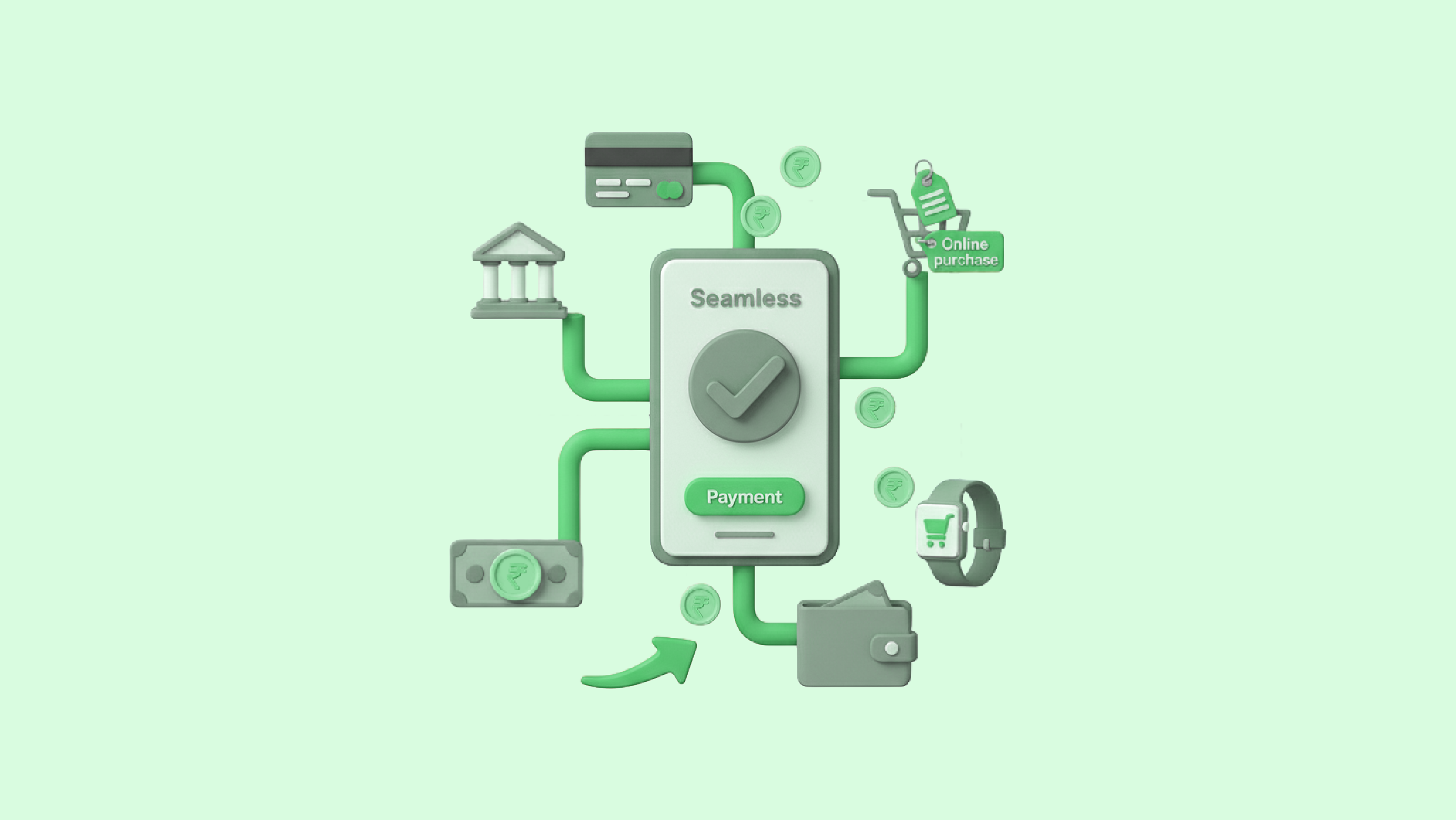Managing money is one of the most time-consuming responsibilities for any small or medium-sized business. Owners and finance teams often spend hours preparing for payments, verifying transactions, and making sure accounts are reconciled correctly. While these tasks are crucial, they take away valuable time that could be invested in growth and strategy.
This is where connected banking is making a difference. By linking business bank accounts directly with financial tools and accounting systems, connected banking is changing how companies handle payments and reconciliation. For MSMEs, it provides the much-needed efficiency and accuracy that traditional methods often lack.
What is Connected Banking?
Connected banking brings together core banking services and business finance tools on a single platform. Instead of moving between spreadsheets, banking portals, and accounting software, everything is integrated.
For example, an MSME can use connected banking to pay vendors directly from its accounting software. At the same time, all transactions are updated in the books without any manual data entry. This seamless link between the bank and business tools reduces the scope for errors and gives businesses a real-time view of their finances.
In short, connected banking bridges the gap between banks and businesses, creating an environment where financial operations become faster, simpler, and more reliable.
Common Pain Points MSMEs Face in Payments and Reconciliation
Despite the progress in digital banking, many businesses still depend on manual processes. Some common challenges include:
- Manual payment processing: Finance teams often prepare for payments in spreadsheets and upload them to the bank portal. This increases the chances of mistakes and slows down the payment cycle.
- Tracking incoming and outgoing funds: Without real-time updates, it can be difficult to know which payments have cleared and which are pending. This uncertainty impacts cash flow planning.
- Reconciliation delays: Matching invoices with payments received is one of the most tedious tasks for MSMEs. It usually happens at the end of the month, creating a backlog and increasing the chances of oversight.
- Limited visibility: When banking and accounting data are disconnected, businesses struggle to get a clear financial picture. This lack of visibility makes it harder to take quick and informed decisions.
These challenges show why automation through connected banking is no longer a luxury but a necessity.
How Connected Banking Automates Payments
One of the biggest advantages of connected banking is its ability to streamline the payment process. Instead of working across multiple systems, businesses can handle all payment activities from one place. Here’s how it works:
- Direct integration with bank accounts: Connected banking platforms are linked with business accounts. This allows companies to initiate vendor payments, salary transfers, or utility payments directly from the same system where they manage accounts.
- Bulk and scheduled payments: Businesses can make multiple payments at once, reducing the repetitive work of entering details manually. They can also schedule payments in advance, ensuring vendors and employees are paid on time.
- Faster approvals: Many platforms allow managers to approve payments digitally, eliminating the need for physical signatures or repeated email follow-ups.
- Error reduction: Since payment details are drawn directly from invoices or accounting records, the risk of entering wrong account numbers or amounts is minimized.
So, how does connected banking improve payment automation? By removing manual steps, reducing errors, and making payment processes quicker and more reliable, it allows businesses to operate with much greater efficiency.
How Connected Banking Simplifies Reconciliation
Reconciliation is another area where connected banking creates a strong impact. Instead of waiting for month-end statements, businesses can access real-time updates from their bank.
- Automated matching: Transactions from the bank are automatically matched with invoices in the accounting system. This means finance teams don’t have to spend hours cross-checking data.
- Real-time syncing: Every payment made or received is instantly reflected in the books. This ensures that financial records are always up to date.
- Exception handling: If there’s a mismatch, such as a failed transaction or a partial payment, connected banking platforms flag the issue immediately. This helps businesses take corrective steps faster.
- Better audit trails: Since every transaction is recorded and matched automatically, businesses have clear records for compliance and reporting.
In practical terms, this means that reconciliation, which earlier took days, can now be completed in a matter of minutes.
Benefits of Connected Banking for MSMEs
The benefits of automation are clear, but connected banking brings a much wider impact on small and medium businesses.
- Time and cost savings: Automating payments and reconciliation reduces the time spent on manual work. This also lowers the costs of errors and delays.
- Improved cash flow visibility: With real-time updates, businesses can see exactly how much money is available, what is due, and when payments will be cleared.
- Simplified compliance: Since records are automatically updated, preparing for audits or filing taxes becomes much simpler.
- Stronger financial planning: Accurate and timely financial data allows owners to plan better, manage working capital more effectively, and make informed investment decisions.
- Focus on growth: By reducing the load of routine tasks, finance teams can focus on activities that directly support business expansion.
So, when asked what are the benefits of bank integration for small businesses, the answer is clear: it saves time, reduces errors, provides transparency, and allows businesses to focus on growth.
The Road Ahead for MSMEs with Connected Banking
The role of connected banking is set to grow as more businesses adopt digital financial tools. For MSMEs, embracing these systems early can provide a strong competitive edge. Not only does it help with day-to-day efficiency, but it also creates a foundation for future growth.
Banks and fintechs are also expanding their offerings, making it easier for businesses to access connected banking solutions. As adoption grows, MSMEs will be able to build stronger, data-driven financial practices that support sustainable growth.
Conclusion
For MSMEs, managing payments and reconciliation efficiently is essential but often challenging. Connected banking addresses these issues by automating processes, reducing manual work, and providing real-time financial visibility.
So, how does connected banking improve payment automation? By linking banking services directly with business tools, it allows faster, safer, and more accurate transactions. And what are the benefits of bank integration for small businesses? The list includes better cash flow management, reduced errors, simplified compliance, and more time to focus on growth.
As businesses continue to adapt to a digital-first world, connected banking is no longer an optional upgrade. It is becoming a core part of financial management for MSMEs that want to operate efficiently and stay competitive. With solutions like OPEN’s connected banking feature, MSMEs can integrate their banking and business finance seamlessly, making day-to-day operations smoother and more reliable.





